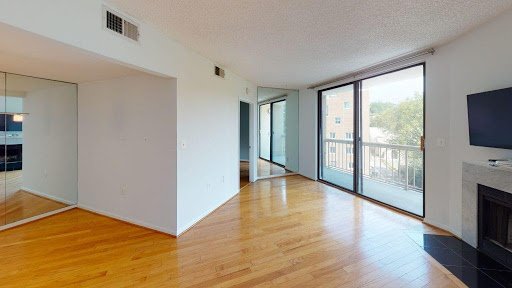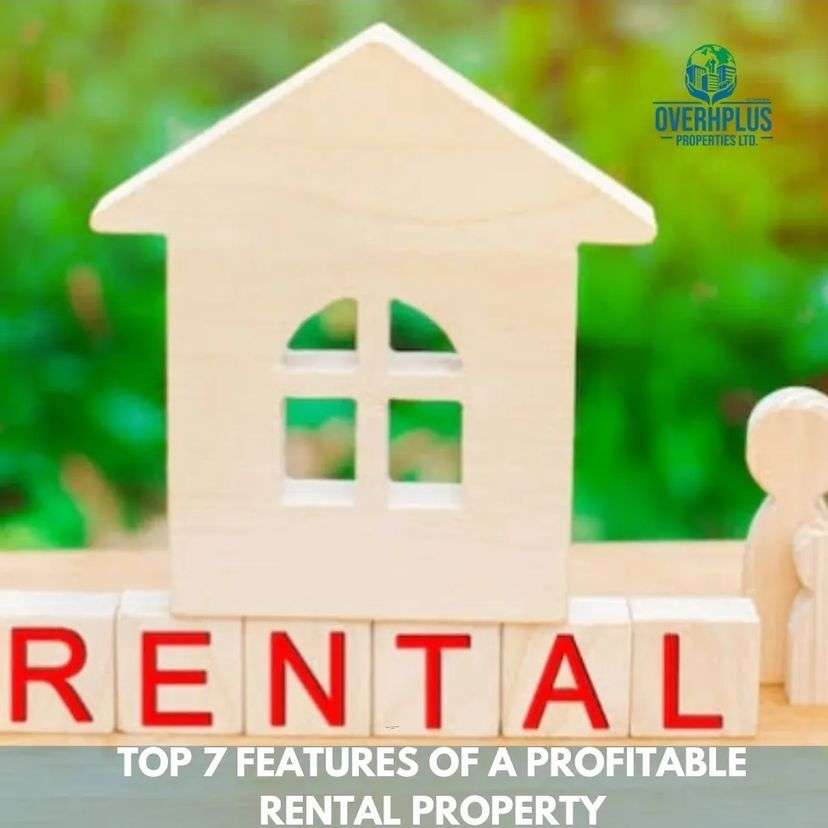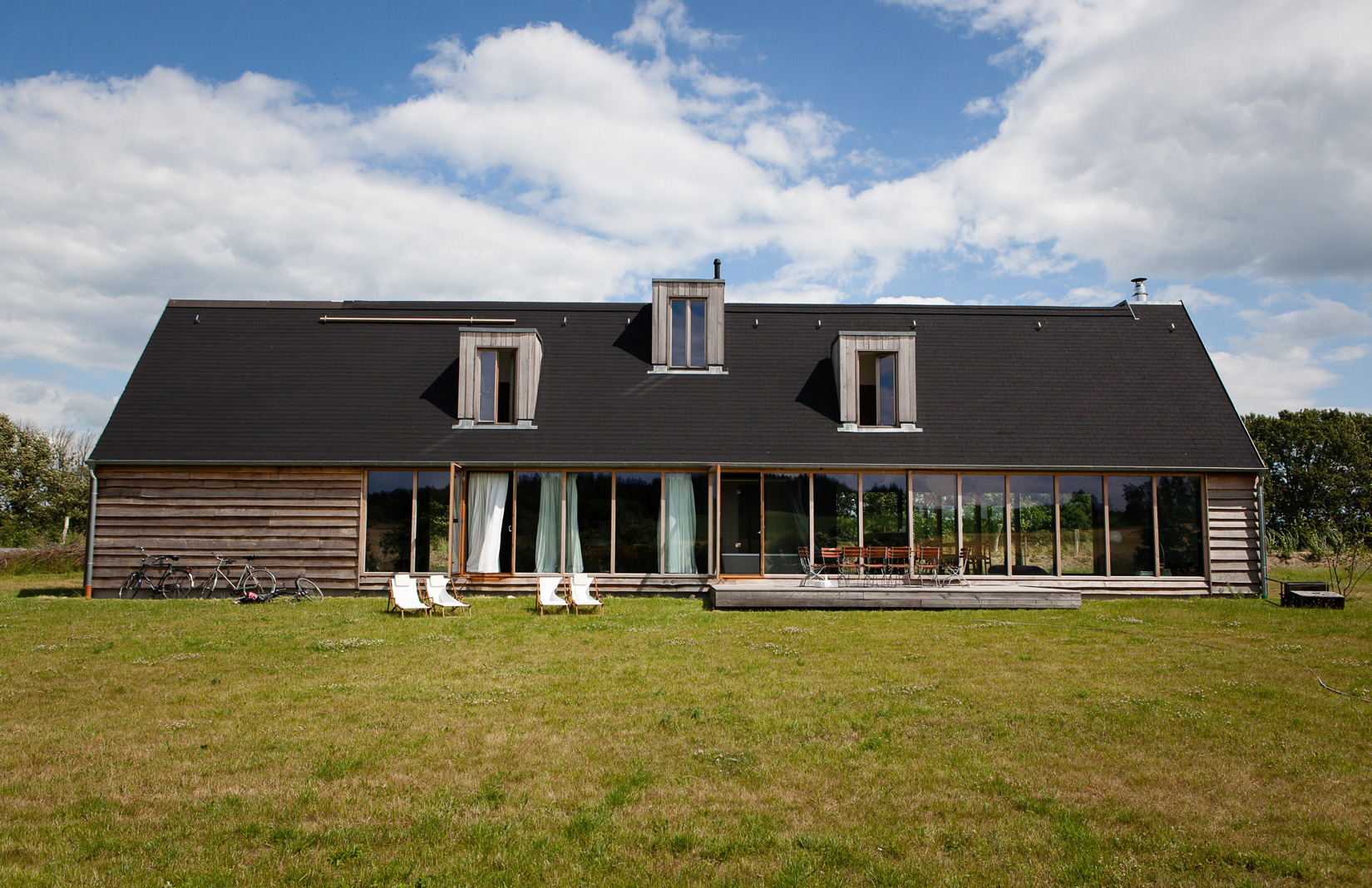outdoor spaces
Ensuring Rental Property Accessibility for All: Key Considerations

Ensuring Rental Property Accessibility for All: Key Considerations
When managing a rental property, ensuring accessibility is not only a legal requirement but also a moral responsibility. This guide explores essential considerations for landlords to make their properties accessible to all tenants, regardless of their mobility or special needs.
1. Legal Requirements and Compliance
The foundation of rental property accessibility is understanding and adhering to legal requirements. Landlords must familiarize themselves with accessibility laws and regulations that vary by jurisdiction. Compliance with these laws ensures that the property meets the necessary standards for accessibility, protecting landlords from legal complications.
2. Entryways and Exits: A Seamless Experience
The entry and exit points of a rental property should provide a seamless experience for tenants with mobility challenges. Installing ramps or ensuring step-free entryways facilitates easy access. Additionally, well-maintained paths and driveways contribute to a safe and accessible environment for all tenants.
3. Interior Layout and Maneuverability
The interior layout of the rental property plays a crucial role in accessibility. Consider the placement of furniture, the width of doorways, and the overall maneuverability within the living space. A spacious and thoughtfully designed interior allows tenants with mobility aids or wheelchairs to navigate comfortably.
4. Accessible Bathroom and Kitchen Features
Prioritizing accessible features in the bathroom and kitchen is essential. Lever-style door handles, grab bars, and a roll-in shower or accessible bathtub enhance bathroom accessibility. In the kitchen, consider lower countertops and accessible storage to ensure that all tenants can comfortably and safely use these spaces.
5. Lighting and Visibility
Proper lighting is essential for creating an accessible environment. Well-lit pathways, entrances, and common areas reduce the risk of accidents and enhance visibility for tenants with visual impairments. Incorporating adjustable lighting options can accommodate tenants with specific visual needs.
6. Flooring Considerations
The type of flooring in a rental property can impact accessibility. Hard, smooth surfaces facilitate easy movement for individuals using mobility aids. Avoiding high-pile carpets and ensuring that floor transitions are level and secure contribute to a more accessible living space.
7. Communication and Signage
Effective communication is a key component of accessibility. Clear and visible signage with easy-to-read fonts assists tenants in navigating the property. Additionally, providing information in multiple formats, such as written and visual instructions, accommodates tenants with varying communication needs.
8. Outdoor Spaces and Recreational Areas
Accessibility extends beyond the interior of the property to outdoor spaces. Ensuring that outdoor areas are accessible allows all tenants to enjoy recreational spaces. Well-maintained pathways, seating areas, and consideration for landscaping that accommodates diverse mobility needs contribute to a fully accessible property.
9. Flexibility in Accommodations
Landlords should be open to making reasonable accommodations based on individual tenant needs. Whether it’s installing handrails, adjusting counter heights, or allowing modifications to the living space, being flexible and responsive to accommodation requests fosters an inclusive and welcoming rental environment.
10. Regular Accessibility Audits and Updates
Accessibility is an evolving aspect of property management. Conducting regular accessibility audits and implementing updates as needed ensures that
Optimal Rental Property Features: A Tenant’s Guide

Exploring Optimal Rental Property Features: A Tenant’s Guide
When searching for a rental property, tenants often prioritize specific features that contribute to a comfortable and enjoyable living experience. This guide explores the essential rental property features that tenants seek, offering valuable insights for both landlords and those in search of their ideal rental home.
1. Location, Location, Location
The old adage holds true: location is paramount. Proximity to essential amenities, public transportation, schools, and workplaces significantly influences a tenant’s decision. A property situated in a convenient and safe neighborhood is likely to be more appealing to potential tenants.
2. Safety and Security Measures
Tenant well-being is a top concern, making safety and security features crucial. Properties equipped with reliable locks, well-lit common areas, and possibly security systems offer tenants peace of mind. Highlighting these features can make a property stand out in a competitive rental market.
3. Modern Appliances and Upgraded Fixtures
Tenants often look for modern conveniences that simplify daily life. Up-to-date kitchen appliances, energy-efficient lighting fixtures, and well-maintained plumbing contribute to a positive living experience. Landlords who invest in these upgrades may attract a wider pool of tenants.
4. Ample Storage Space
Storage space is a practical consideration for tenants. Properties with sufficient closets, cabinets, and additional storage areas are particularly appealing. Highlighting the available storage space in a rental property can set it apart from others in the eyes of potential tenants.
5. In-Unit Laundry Facilities
The convenience of in-unit laundry facilities is a significant draw for tenants. Having a washer and dryer within the rental unit eliminates the need for trips to communal laundry rooms or laundromats, enhancing the overall appeal of the property.
6. Pet-Friendly Policies
For tenants with pets, finding a pet-friendly rental is essential. Properties that embrace pet-friendly policies, such as designated pet areas or a welcoming attitude towards pets, are likely to attract a broader tenant demographic.
7. Outdoor Spaces and Recreational Amenities
Access to outdoor spaces and recreational amenities contributes to a higher quality of life for tenants. Whether it’s a balcony, patio, or shared outdoor areas, having spaces for relaxation and recreation enhances the overall appeal of a rental property.
8. Parking Availability
The availability of convenient and secure parking is a significant consideration for many tenants, especially in urban areas. Offering designated parking spaces or providing information about nearby parking options can make a rental property more attractive.
9. Responsive Property Management
Effective and responsive property management adds tremendous value to a tenant’s experience. Landlords who promptly address maintenance requests, provide clear communication, and maintain a well-kept property contribute to a positive living environment.
10. Sustainable and Energy-Efficient Features
Increasingly, tenants seek rental properties with sustainable and energy-efficient features. This may include energy-efficient appliances, smart thermostats, and environmentally conscious building practices. Such features align with the growing demand for eco-friendly living spaces.
Conclusion: Creating an Appealing Rental Experience
In conclusion, understanding and prioritizing these optimal rental property features can help landlords attract and retain desirable tenants. Whether it’s the
Architectural Elegance: Shaping Exceptional Rental Living

Architectural Elegance: Shaping Exceptional Rental Living
The architectural design of rental properties plays a crucial role in defining the living experience for tenants. This article delves into the significance of rental property architecture and how thoughtful design can elevate the quality of life for those who call these spaces home.
The Impact of Architectural Design on Tenant Experience
Architectural design goes beyond aesthetics; it directly impacts how tenants interact with and experience their living spaces. Thoughtful design can enhance functionality, promote sustainability, and create a harmonious atmosphere that contributes to a positive and enriching living experience.
1. Functionality and Space Optimization
One of the primary considerations in rental property architecture is functionality. Well-designed spaces optimize the use of square footage, ensuring that every area serves a purpose. From open-concept living areas to efficient storage solutions, functionality is key to creating spaces that meet the diverse needs of tenants.
2. Sustainable and Eco-Friendly Features
Modern rental properties often prioritize sustainability in their architectural design. Incorporating eco-friendly features such as energy-efficient appliances, solar panels, and water-saving fixtures not only benefits the environment but also reduces utility costs for tenants. Sustainable architecture aligns with the growing demand for environmentally conscious living.
3. Aesthetic Appeal and Visual Harmony
Aesthetics play a significant role in architectural design, contributing to the overall visual appeal of rental properties. Thoughtful use of colors, materials, and design elements can create a visually harmonious environment that enhances the aesthetic experience for tenants. A well-designed property fosters a sense of pride and comfort.
4. Outdoor Spaces and Connectivity with Nature
The inclusion of outdoor spaces is a hallmark of thoughtful rental property architecture. Whether it’s private balconies, communal gardens, or rooftop terraces, these spaces provide tenants with opportunities to connect with nature and enjoy the outdoors. Incorporating green elements contributes to a healthier and more balanced living environment.
5. Accessibility and Inclusive Design
Architectural design should prioritize accessibility to ensure that rental properties are welcoming and usable for individuals of all abilities. Inclusive design features, such as ramps, wider doorways, and accessible amenities, create spaces that accommodate diverse tenant needs, promoting equality and inclusivity.
6. Flexibility for Evolving Lifestyles
Rental property architecture that allows for flexibility is well-suited to the dynamic nature of tenants’ lifestyles. Spaces that can adapt to changing needs, whether through modular design or multifunctional areas, provide tenants with the versatility to customize their living environments as their lifestyles evolve.
7. Technological Integration
Incorporating technology into architectural design is becoming increasingly important in modern rental properties. From smart home systems to high-speed internet connectivity, technological integration enhances convenience and connectivity for tenants. This forward-thinking approach aligns with the tech-savvy expectations of contemporary renters.
8. Noise Reduction and Privacy Considerations
Thoughtful rental property architecture addresses noise reduction and privacy concerns. Well-designed layouts, soundproofing measures, and strategic placement of living spaces contribute to a peaceful and private living experience. Prioritizing these considerations enhances the overall well-being of tenants.
9. Safety and Security Features
Ensuring the safety and security of tenants
